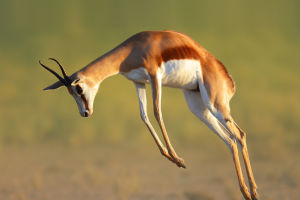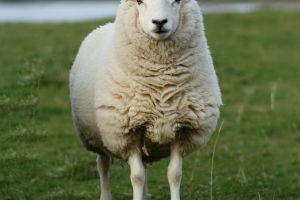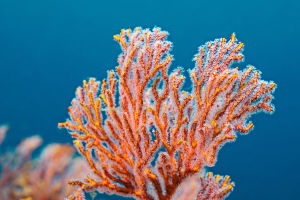The Southern Masked Weaver, also known as the African Masked Weaver, is a small bird that can be found throughout southern Africa. These birds possess unique characteristics that set them apart from other avian species.
The Southern Masked Weaver is a small weaverbird with captivating features. Adult males display a striking appearance during the breeding season, with a black face and throat, subtly barred yellowish-green back, red eyes, dark conical bill, and vibrant yellow underparts and head.
In contrast, females exhibit pale greenish-yellow plumage, pinkish-brown legs, and red-brown eyes. Outside of the breeding season, males resemble females in appearance but retain their red eyes.
These birds prefer semi-arid locations and open savannas, thriving in diverse habitats such as grasslands, shrublands, wetlands, and even suburban gardens and parks.
They construct their nests in trees or branches, exhibiting their exceptional weaving skills by using various vegetation.
The males are responsible for constructing intricate nests, a process for which they are renowned. Selecting a stable branch, the male meticulously weaves slender blades of grass around it using only its beak and feet.
This meticulous craftsmanship creates oval domes made of palm, reed, or grass.
Once completed, the males present their masterpieces to the females, accompanied by songs and fluttering wings.
However, the discerning females will choose only the finest and freshest nests. Once satisfied, they line the selected nests with feathers or soft grass before laying their eggs.
The breeding season of the Southern Masked Weaver typically spans from July to March, with the peak activity occurring between September and February.
A female typically lays a clutch of 1-6 eggs, which she diligently incubates for approximately 12-14 days. After the hatching, the chicks remain under the care of the female, who feeds them individually.
In around 16 to 17 days, the young weavers venture out of the nest, ready to explore the world.
The population of the Southern Masked Weaver is currently stable. These birds play an essential role in their ecosystems as omnivorous creatures, feeding on arthropods, seeds, fruits, and nectar.
They forage in small groups, extracting seeds from grass stems or the ground and capturing prey from stems and leaves.
The Southern Masked Weaver's ability to adapt to various environments and exhibit remarkable weaving skills reflects its resilience and resourcefulness. These birds bring a touch of vibrant artistry to the landscapes they inhabit, reminding us of the beauty of creativity and art found in nature.


